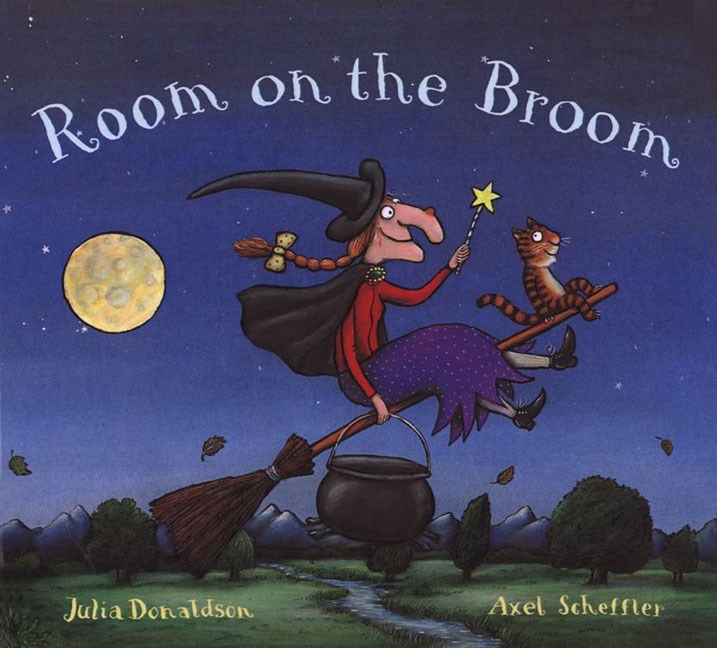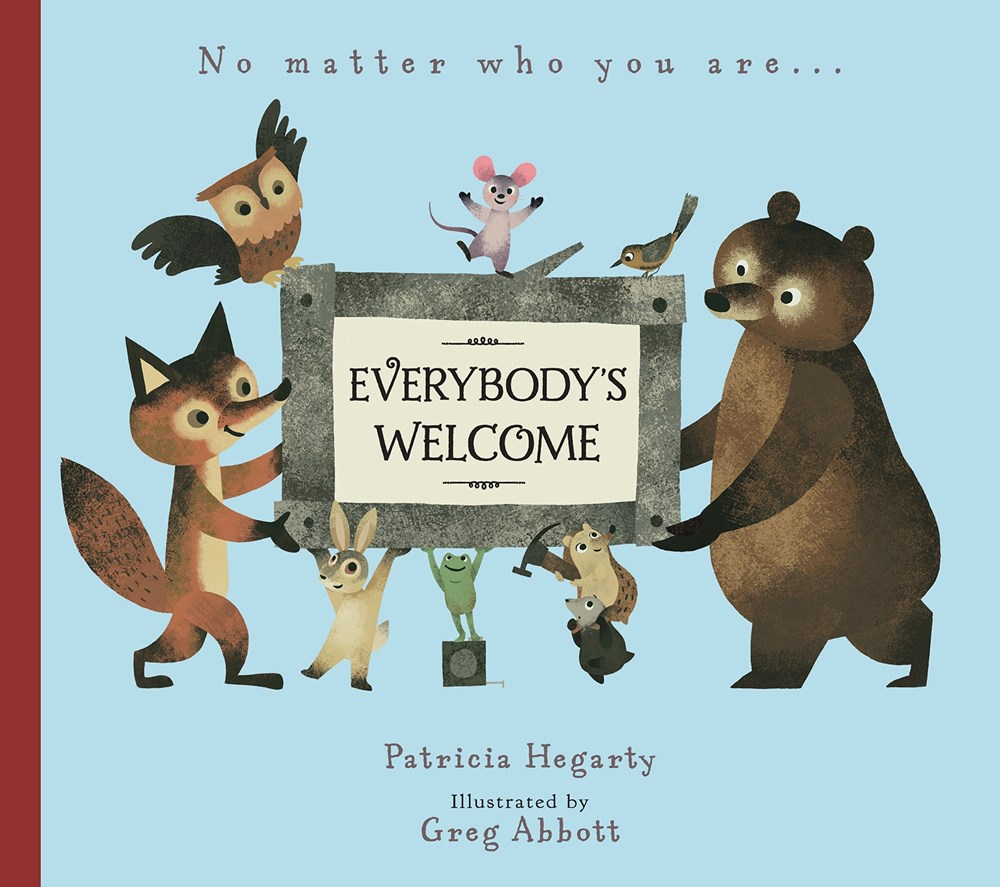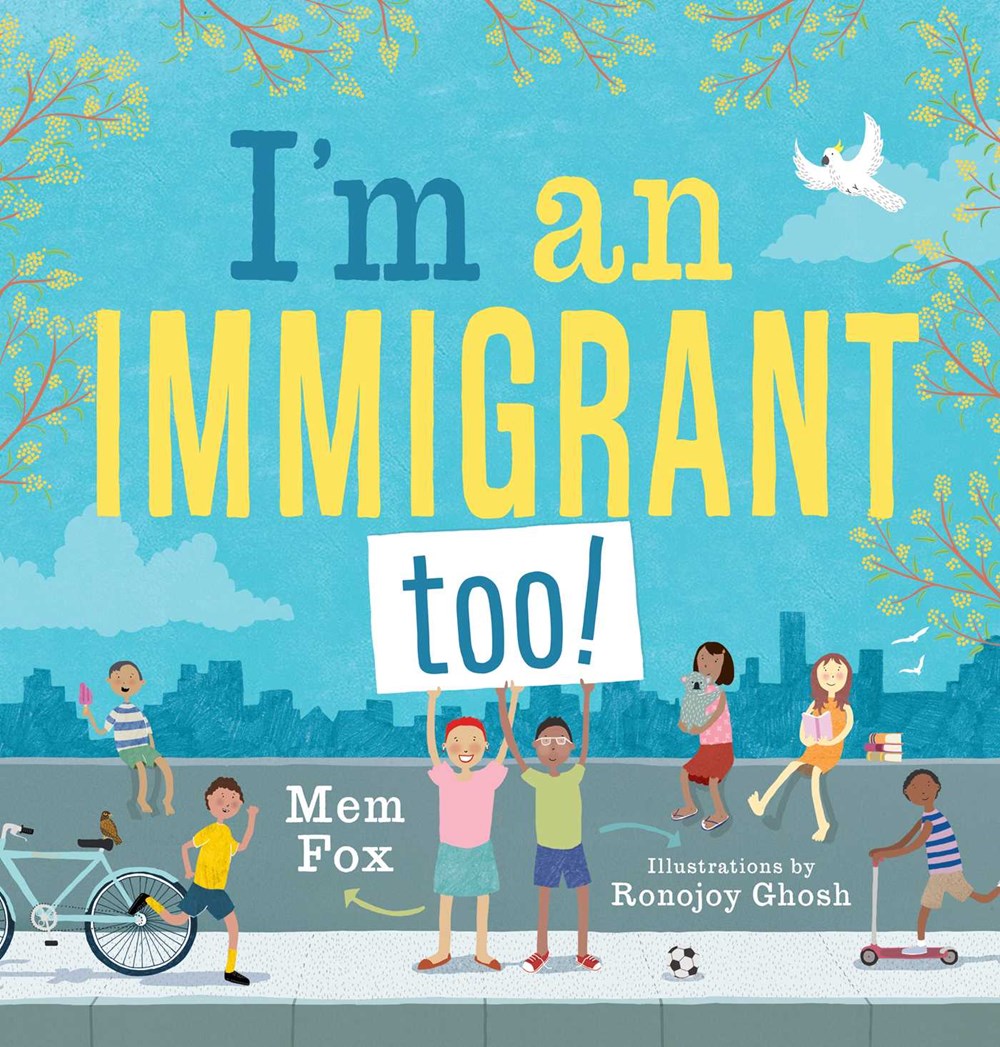As I hosted Halloween-themed story times over the last week or two, a frequent topic of the discussion was trick-or-treat. Once everyone had announced their chosen costumes (sometimes more than one dress-up idea, for those young friends still deliberating) I ask the children to act out with me what they do on Halloween night. “We go up to the door,” I begin….. “and then we RING the doorbell. Ding dong, ding dong! What do we say when they open the door?”
“TRICK OR TREAT!”
“And then what happens?”
“You get candy.” “You put your pumpkin bucket out.” “You sometimes get pencils.” “And stickers!” “You get LOTS of candy.” “Sometimes they have a dog.” “My dad got a beer.”
“And then what do you say?”
“Thank you!!!l” “Happy Halloween!” “I like your dog!”
And then you go to the next house, or car trunk (trunk-or-treating in church parking lots is big here) or down the hallway to the next door in the apartment building.
I practice this dialogue with kids every year. As adults, we sometimes assume that everyone knows what happens on Halloween, and what you are supposed to do, once you have decided between all the costume options for superheroes and princesses, and that this is all just easy and fun. But to young children, climbing the front steps of a house that they may not know, even with Mom or Dad behind them, is a bit scary. Added to that, it’s nighttime, and they are trying to manage a costume, perhaps with a hat or mask, and a big plastic pumpkin bucket (or a pillowcase, depending on their candy ambitions). There are Jack-o-Lanterns to step around, fake spiderwebs hanging on porches, and a lot of unexpected sound effects coming from the bushes. But the outcome of the adventure is just as predictable as Mom or Dad with the wagon and a flashlight to our children: they will be welcomed, they will get candy or treats, and that home after home will have the lights on.
At the very same time that I have been chanting “Five Little Pumpkins, sitting on a gate” and reading “Room on a Broom” to children here in my neighborhood, the migrant caravan of more than 5,000 people, including families with young children, make their way north through Central America and into Mexico. More than 5,000 people, carrying little but their clothes and their children, are walking miles and miles each day into a place that is unfamiliar. They walk in the heat and in the dark, they rest without roofs over them, and they rely on the citizens of the towns they stop in for food, water, and help. They don’t know exactly how far they must walk, or when their journey might end, but they must keep going.
I keep thinking about those migrant children this week, as I dole out dozens of pumpkin cookies and plastic spider rings to the costumed kids at my store. I keep thinking about how we are teaching our own children not to be afraid of the dark, or of people dressed in costumes, even if they look scary or threatening. We encourage our kids to knock on doors and expect those doors to open, and that they will be greeted with smiles, and treats, and kind words. We teach our kids to politely ask for treats, fully expecting that they will be indulged, admired, and cared for at each stop on their Halloween adventure.
That theme of welcoming others kept appearing in my stack of books to be received and shelved at the store, too. Patrica Hegerty’s EVERYBODY’S WELCOME, with its charming animal characters illustrated by Greg Abbott, follows an unlikely collection of forest friends who work together to build a communal home. The story begins with a sorry frog: “My pond, my home, is all dried up! I have no place to go.” But our homeless amphibian friend is reassured by the mouse narrator to “please don’t worry. You can stick with me. Everything will be alright, just you wait and see.” Through the story, the animals keep adding members to their building crew, finding both value in their skills and numbers, while confident in their ability to create a home big enough for all.
The powerful idea of welcome continues in Mem Fox’s I’M AN IMMIGRANT TOO!, with illustrations by Ronojoy Ghosh. Published in her native Australia as I’M AN AUSTRALIAN TOO!, the story celebrates the cultural diversity of her country through lots of immigrant stories. Families from Europe, the Middle East, and Asia all settled throughout the country, and now create new homes and histories in “Australia Fair.” The sense of hospitality in the lines: “We open doors to strangers. Yes, everyone’s a friend. Australia Fair is ours to share, where broken hearts can mend” is just as reassuring and confident as our storytime conversations about ringing doorbells on Halloween to get candy and treats. The story is not completely without caution, as one girl explains “Sadly, I’m a refugee, I’m not Australian yet. But if your country lets me in, I’d love to be a vet.” This poignant reference to the plight of the refugees on the island of Nauru makes the story even more real and powerful — welcome is still the primary theme, and the child pictured is an emblem of hope for that ideal to be realized for all.
One of our most popular hand sells this back-to-school season follows this same theme, and we continue to introduce Alexandra Penfold’s lovely ALL ARE WELCOME. Each time I open this book, I find a new “favorite” child in Suzanne Kaufman’s illustrations, from a gap-toothed girl in the back of a taxi cab to a boy sitting crosslegged peeking over a giant book, with his crew cut sticking straight up. The mantra “All are welcome here” repeats throughout the images of a school day, with the reassurance “We’re part of a community. Our strength is our diversity. A shelter from adversity. All are welcome here.”
Each of these books models welcome in a different way: in creating a home, a country, and a school, but in each the message to young readers is clear: a place to grow and thrive in safety is a birthright, and we are each stronger when we create space for others to live beside us. As we read books like these to our kids about inclusion, and we teach them to practice and expect hospitality, I keep thinking about those migrant families walking their way toward new lives. Will we find a way to light the doorway, let them in, and give them comfort? Are the monsters we create on Halloween symbols of their past, and the fears that we want them to forget as the sun rises on a new morning? Can we be superheroes and princesses, too, and make everyone safe, loved, and welcome?





Everyday we watch as our nation actively rejects the values and principles we were founded on. We are being consumed by hatred and fear of “others.”
Every one of us who is not Native American is, or had direct ancestors who were immigrants–who came from somewhere else. We were ALL “others” once, but found a welcome and a home here.
Let us hope we remember that someday, and remember the very first words of our very first “founding” document: We The People.”
Thank you for this lovely post.
Thank you for your thoughtful and kind response, Vickey.
Native Americans’ ancestors were just as much immigrants to America as anyone else’s ancestors, but at an earlier time. Only people leaving in East Africa’s Great Rift Valley can claim their ancestors were not immigrants from somewhere else.
One would think that we’d get better at hosting, given all this history of human relocation, wouldn’t we? Thanks for this interesting way of looking at immigration, John. We were all once strangers, indeed.
Thanks Cynthia
Wonderful, heart wrenching and inspiring. Thank you, for saying and sharing this “picture book” reading for all of us to share. Now, we must practice welcome, welcome, welcome.
Thank you, Idanna.
So glad to be in this with you, dear friend.
Right back atcha, Diane.